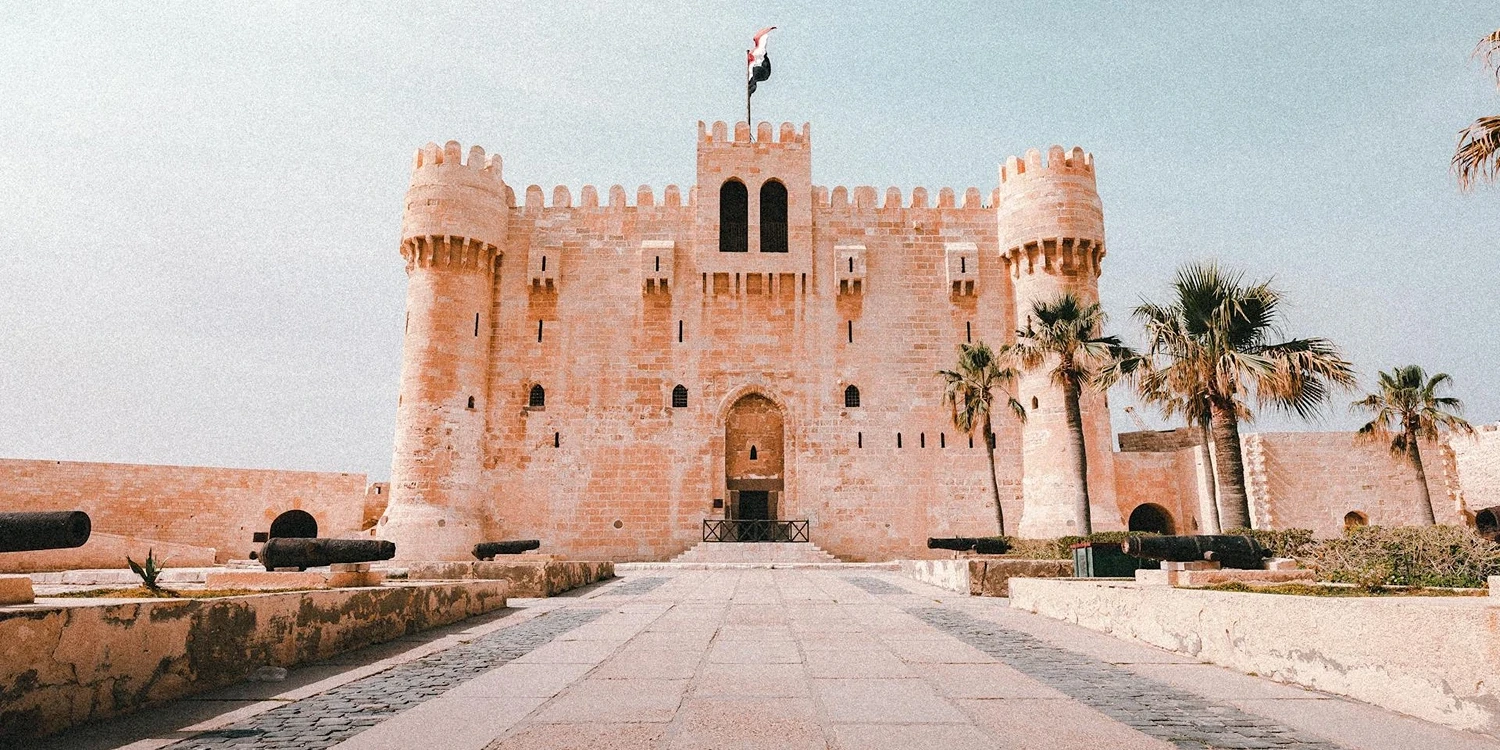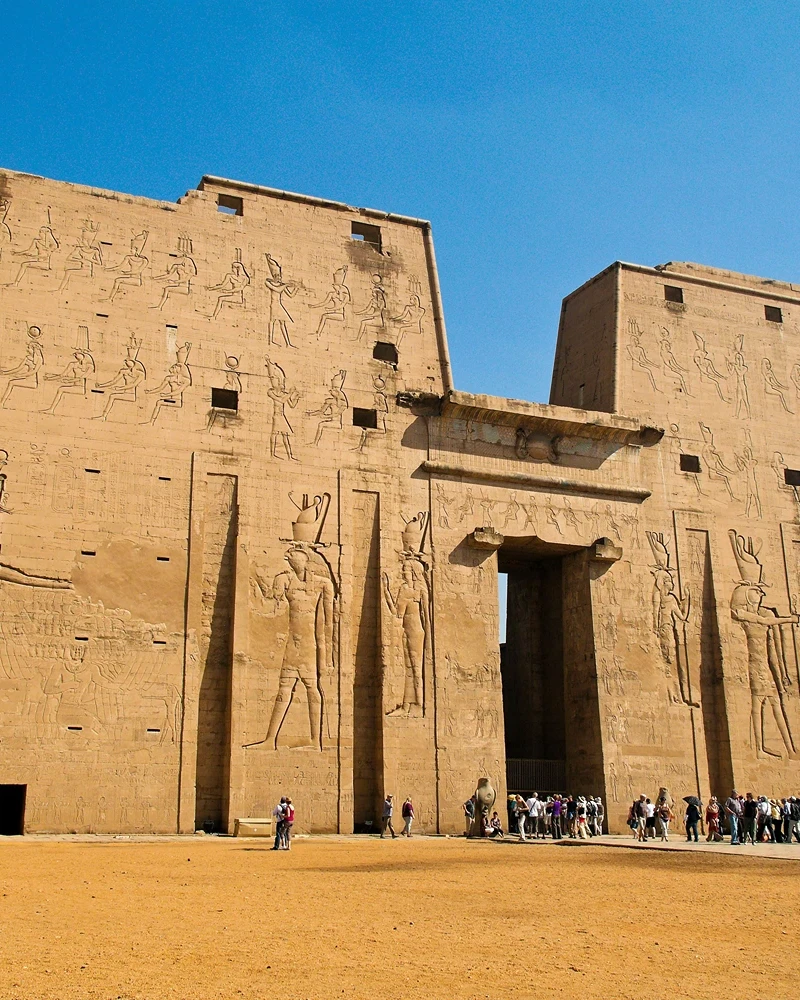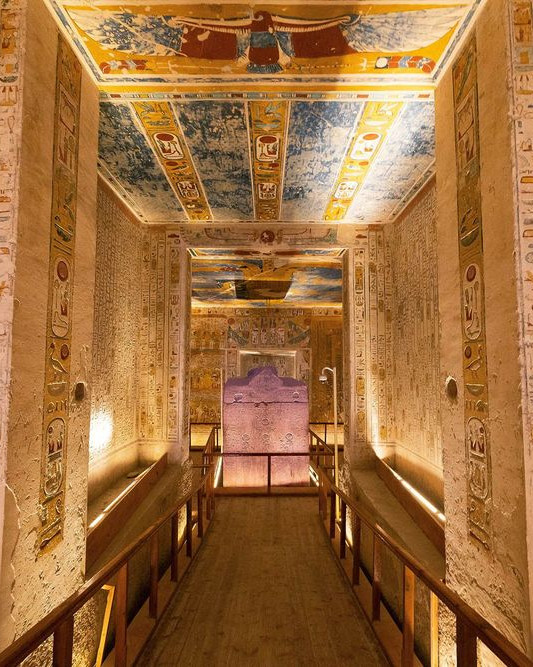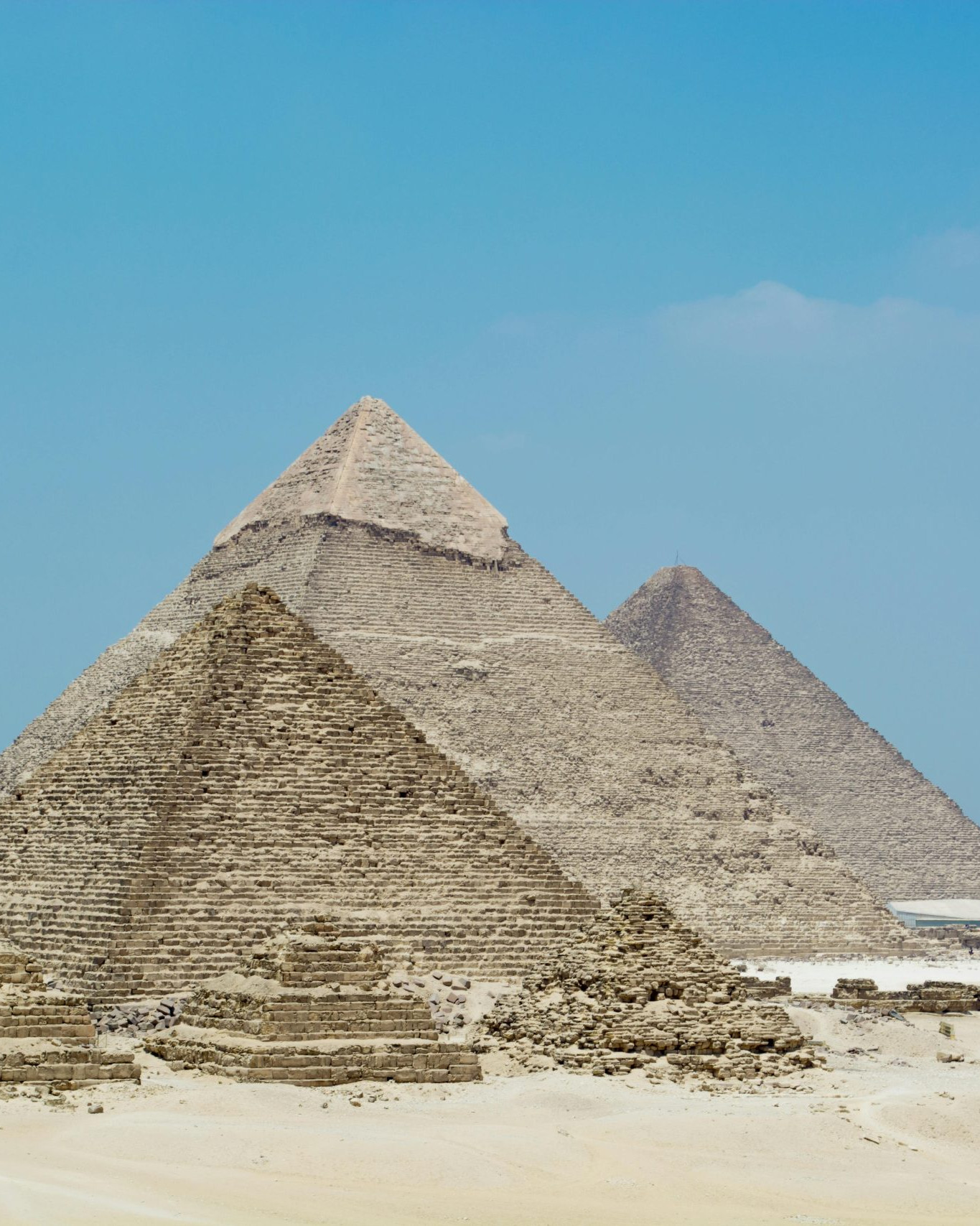Did you know that one of Alexandria’s most striking landmarks, the Qaitbay Citadel, stands on the same ground as the legendary Lighthouse of Alexandria? Built in the 15th century by Sultan Qaitbay, this fortress was a bulwark against Ottoman invasion. Although it didn’t prevent the Ottomans from taking over, it remains a pivotal historical and architectural marvel. This article delves deep into the citadel’s rich history, its unique architectural features, and practical tips to make your visit memorable. Dive in to discover why Qaitbay Citadel continues to captivate tourists and historians alike.
Historical Significance of Qaitbay Citadel
The Citadel of Qaitbay was constructed in the 15th century by Sultan Qaitbay during the Mamluk era. Built to defend Alexandria from Ottoman attacks, the fortress stands as a testament to the strategic military efforts of that period.
Constructed on the site of the ancient Pharos of Alexandria, which was one of the Seven Wonders of the Ancient World, the citadel’s location was chosen for its strategic advantage. Extending into Alexandria’s harbor on a thin arm of land, the fortress was ideally positioned to monitor and repel naval invasions. Despite Sultan Qaitbay’s efforts, the Ottomans eventually took control of Egypt in 1512. Nonetheless, the citadel remained a significant military and architectural landmark.
Key Historical Facts:
- Built in the 15th century by Sultan Qaitbay during the Mamluk era.
- Constructed on the site of the ancient Pharos of Alexandria.
- Designed to defend Alexandria from Ottoman attacks.
- Occupied by the Ottomans after their conquest of Egypt in 1512.
- Remains a prominent historical and architectural feature of Alexandria.
Today, Qaitbay Citadel continues to attract tourists and history enthusiasts. Its combination of historical significance and architectural beauty makes it a must-visit site in Alexandria. The citadel not only serves as a reminder of Egypt’s rich history but also offers a glimpse into the military strategies and architectural prowess of the Mamluk era.
Architectural Features of Qaitbay Citadel
The Citadel of Qaitbay stands as a prime example of the fusion of Islamic and European architectural styles. Its design reflects the military ingenuity and aesthetic sensibilities of the Mamluk era. The citadel’s construction showcases a blend of imposing defensive structures and intricate decorative elements, making it both a functional fortress and a visually captivating monument.
Key architectural features of Qaitbay Citadel include its massive walls, robust towers, and fortified gates, all designed in the Mamluk style. The citadel is renowned for its geometric patterns and decorative stonework, which add an artistic flair to its otherwise formidable appearance. The defensive architecture was meticulously crafted to withstand naval attacks, with high walls and strategically placed towers providing a strong line of defense. Over the centuries, the citadel has undergone several restorations to preserve its structural integrity, with the most recent restoration completed between 2009 and 2019.
| Architectural Element | Description |
| Walls | Thick, high walls built for defense against naval attacks. |
| Towers | Robust towers strategically placed for optimal defense and surveillance. |
| Gates | Fortified entrances designed to control access and enhance security. |
| Geometric Patterns | Intricate stonework and decorative elements typical of Mamluk architecture. |
| Restorations | Multiple restoration efforts, most recently from 2009 to 2019, to preserve the citadel’s structure. |
Visiting Qaitbay Citadel: Practical Information
The Citadel of Qaitbay is located in Alexandria, Egypt, on the scenic Mediterranean coast. Positioned on a thin arm of land that extends into Alexandria’s harbor, the citadel offers visitors breathtaking coastal views and easy access from the city center.
Admission to Qaitbay Citadel is reasonably priced, making it accessible to a wide range of visitors. The entrance fee is 30 Egyptian pounds for adults and 15 Egyptian pounds for children. The citadel is open daily from 9:00 am to 5:00 pm, allowing ample time for exploration throughout the day. For those planning their visit, the summer months (June to August) are considered the best time to experience the citadel, as the weather is typically warm and pleasant.
Tips for Visitors:
- Arrive early to avoid crowds.
- Wear comfortable walking shoes.
- Bring water and stay hydrated.
- Use sunscreen to protect against sun exposure.
- Allocate at least two hours to fully explore the site.
During their visit, tourists can expect to delve into the rich history of the citadel, exploring its well-preserved fortifications and enjoying panoramic views of the Mediterranean Sea. The citadel provides informational displays and guided tours, offering insights into its historical significance and architectural features. Whether you’re a history enthusiast or simply looking to enjoy a piece of Alexandria’s heritage, Qaitbay Citadel promises an enriching and memorable experience.
Events and Activities at Qaitbay Citadel
Qaitbay Citadel is a hub of various events and activities that attract both locals and tourists. The citadel hosts cultural festivals that showcase traditional music, dance, and art, providing a vibrant glimpse into Egypt’s cultural heritage. Educational tours are regularly organized, offering in-depth insights into the citadel’s historical and architectural significance. These tours are ideal for history enthusiasts and students interested in learning more about Egypt’s rich past. Additionally, the citadel occasionally serves as a venue for special events like exhibitions and local celebrations, making it a lively spot throughout the year.
Common Activities:
- Exploring the fortifications and towers
- Enjoying panoramic coastal views
- Participating in guided historical tours
- Attending cultural festivals and events
Near the citadel, visitors can find a variety of souvenirs that reflect the local culture. Traditional crafts such as handwoven textiles, pottery, and intricate jewelry are popular items. Local products, including spices and aromatic oils, are also available, offering a taste of Alexandria’s rich artisan heritage. These souvenirs make for perfect mementos of a visit to this historic gem.
Tips for a Safe and Enjoyable Visit to Qaitbay Citadel
The Citadel of Qaitbay is a safe destination with well-maintained facilities that make it accessible to visitors of all ages. When planning your visit, it’s important to wear comfortable attire suitable for walking and exploring. While you don’t need to be extremely fit, be prepared for some walking and navigating stairs throughout the site. Comfortable shoes are essential to ensure a pleasant experience as you move around the historic fortress. Additionally, it’s wise to dress in layers, as the weather can change quickly, especially along the coastal areas.
Practical Tips for Visitors:
- Arrive early to avoid crowds.
- Wear comfortable walking shoes.
- Bring water and stay hydrated.
- Use sunscreen to protect against sun exposure.
- Allocate at least two hours to fully explore the site.
The best time to visit Qaitbay Citadel is during the cooler months, typically from October to April, when the weather is more temperate and conducive to outdoor exploration. Arriving early in the day not only helps you avoid the crowds but also allows you to experience the citadel in the soft morning light, which can be ideal for photography. Always check the local weather forecast before your visit to ensure you are appropriately prepared for the conditions.
Final Words
Exploring the Qaitbay Citadel reveals a remarkable blend of history and architecture. Built in the 15th century by Sultan Qaitbay, it stands as a symbol of Alexandria’s resilience. Its strategic design and fortifications display a mix of Islamic and European styles, reflecting the influence of Mamluk architecture.
Visitors today can appreciate not just its historical significance, but also the breathtaking coastal views and cultural events held at this iconic site.
Qaitbay Citadel remains a cornerstone of Alexandria’s heritage, offering a unique glimpse into the past for all who visit.
Top Attractions
Why would an ancient civilization dedicate 180 years to…
Why did the ancient Egyptians choose a secluded desert…
Are the Great Pyramids of Giza merely monumental tombs, or…





